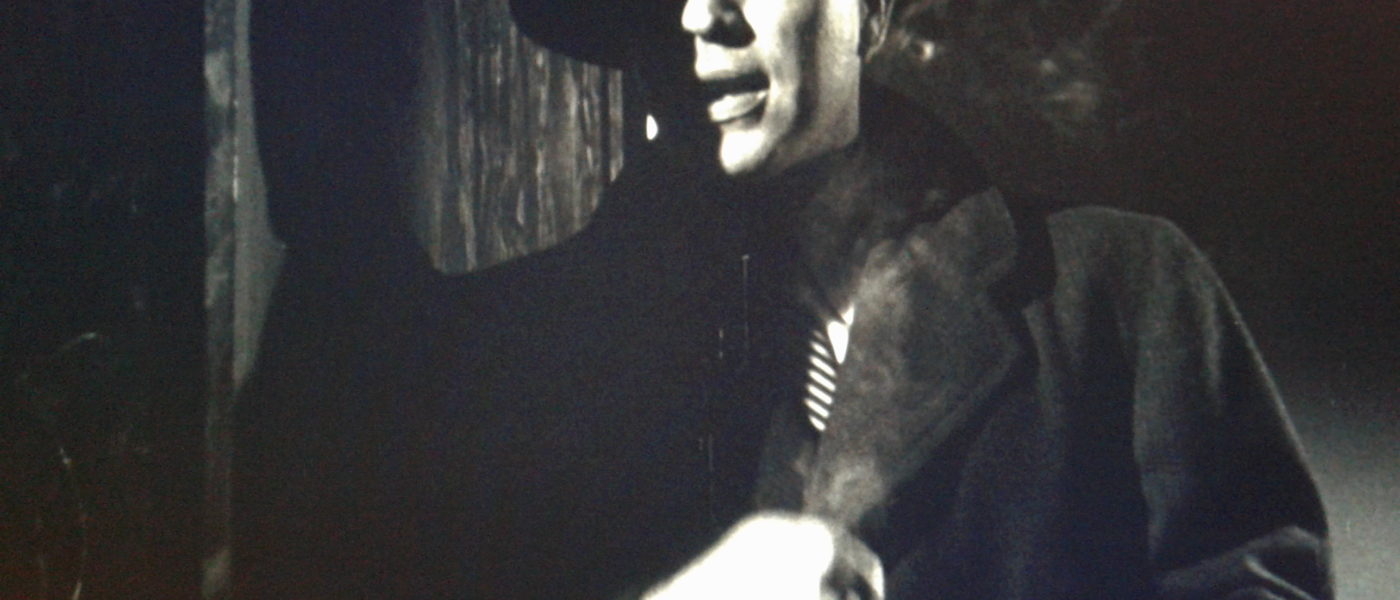KL Studio Classics Releases Rare Trio Of Late 1940’s Noir On Blu-ray.
BLU-RAY STREET DATE 7/13/21 / KL STUDIO CLASSICS
A whodunit, melodrama, and morality play form a progression of otherwise unrelated films respectively and retroactively labeled “noir”.
Michael Gordon’s The Web, produced at the recently amalgamated Universal-International in 1947, is the above-referenced whodunit: a trick film that plays with the audience’s expectations up until its final moments, when the police-investigator reveals his hand and exposes the villain. George Marshall’s Larceny, produced the next year, also at Universal-International, is our melodrama: adapted from a best-selling pulp novel, the romantic entanglements between four variously compromised participants play out against a backdrop of swindling, deception, and corruption. Finally, John Farrow’s Alias Nick Beal, produced at Paramount in 1949, extends the swindling and corruption through the political machinery that here creates it, finding an almost supernatural tangent to its disgraced public figure’s dark morality play.
Easily picked out from a longer list of films encompassing multiple eras of both national and international cinema, and even from several subsequent attempts to recapture some of the strange alchemy which brought them about as a style and genre, these three titles nevertheless stand out for the very qualities which make them less easy to define. From their budgeting, scripting, and casting, on through their modes of production, stylistic choices, thematic concerns, promotional strategies, and advertising, the years 1947 to 1949 in Hollywood filmmaking are well-represented by three differing efforts which separately emerge from this ferment as uniformly dark, moody, and mysterious.
So while dealing with starkly different story-types, the historical, artistic, and business conditions of this period of Hollywood filmmaking conspire to produce three distinct yet inescapably “noir” efforts from the hindsight of 2021-released Blu-rays courtesy of KL Studio Classics. All previous rarities on home video, all are now available to one’s darker and possibly more subjective personal viewing.
The Web
DIRECTED BY MICHAEL GORDON/1947
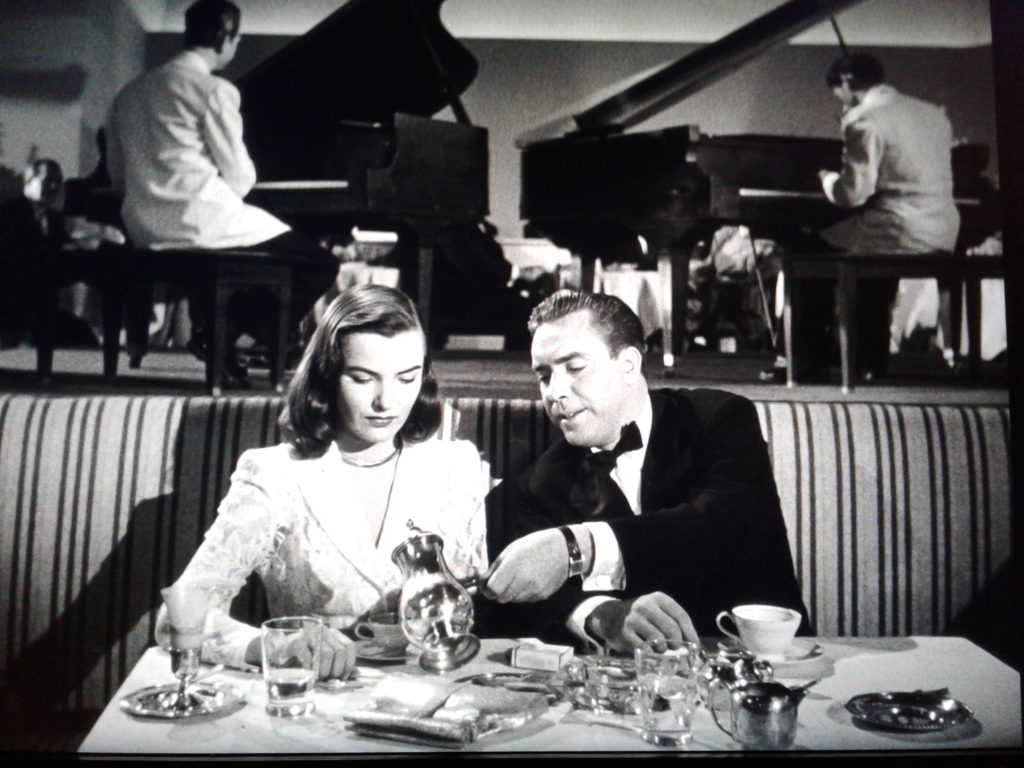
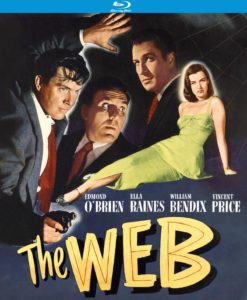
Starring Edmond O’Brien, Vincent Price, and Ella Raines, one might guess the general personality types populating director Michael Gordon’s 1947 The Web from the casting alone; even if William Bendix as a wily if reserved police lieutenant is an ever-so-slight, albeit welcome, departure. Establishing its setting through a credit-tracking street approach on Grand Central Station, the rest of New York City is recreated on Universal sound-stages, and a recognizable Noir City effectively emerges from its tight framing, low-lit sets, and rain-slicked streets.
It’s on this level that The Web is most enjoyable, with its twisty-turny plot and standard-issue characterizations — a well-framed dupe, a blue-blood smoothy, and a capable career gal — merely satisfying to its dark dreamscape of disfunction, dismay, and dread. Carrying viewers effortlessly along from the echoing shot of a recently permit-issued revolver, through a stumbling investigation into that dubious moment of self-defense, to, finally, a world-class industrialist reduced to strangling a corpse, this literal film Web proves a welcome opening act on a noir program which nicely improves with each succeeding entry.
Larceny
DIRECTED BY GEORGE MARSHALL/1948
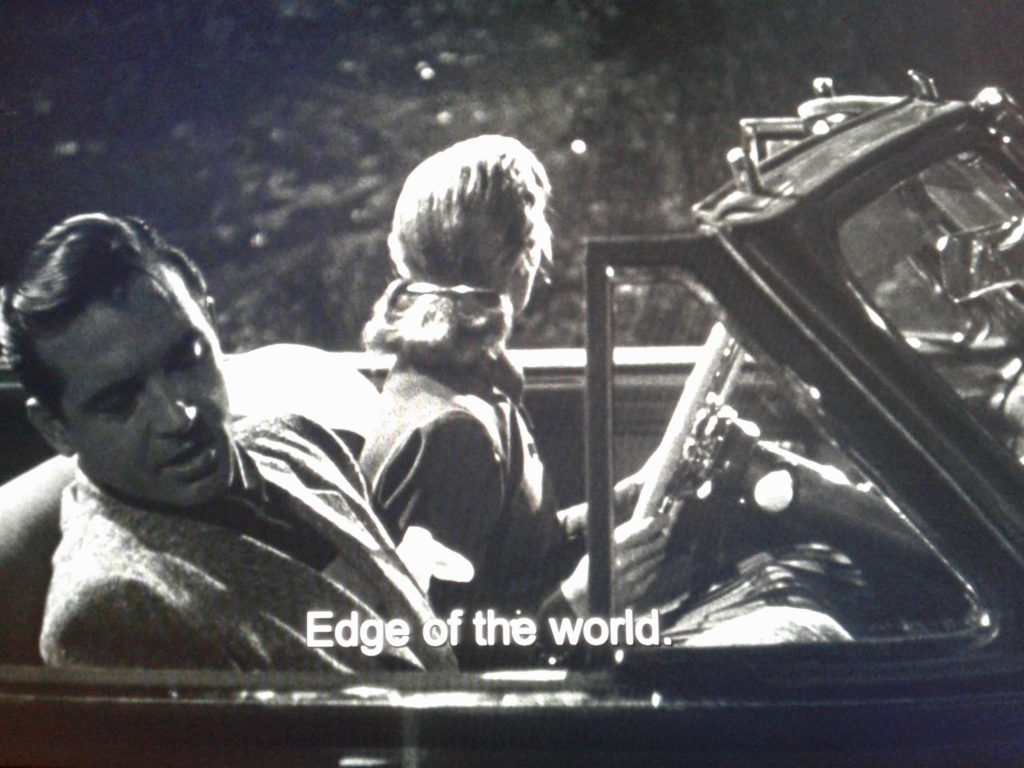
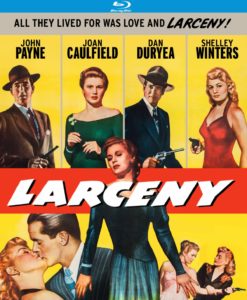
Where The Web plays morally as well as pictorially dark throughout, director George Sherman’s 1948 Larceny finds dark morality in otherwise sunny locales. Taking us from Miami Beach to Pasadena, California, John Payne plays a glib con artist from a lower-class background who specializes in both aping his social betters and in utilizing their own often hypocritical reformist zeal against them. Saddled with the at times unwelcome romantic attentions of platinum blonde Shelley Winters, Payne dallies with this desirable paramour at his own peril, considering she is of course the staked-out sexual territory of his sinister boss, played to adjective-appropriate advantage by always sinister Dan Duryea. When the action switches cross-country to the upcoming Rose Bowl and a real estate-swindle involving pure-of-heart and deep-of-pocket heiress Joan Caulfield, however, Payne’s play-acting among and to the complex participants reaches a breaking point with his shifting and divided personal loyalties.
Photographed, like The Web, by ace second-stringer Irving Glassberg, the shroud of immorality and venality, in equal measure, lowers itself even upon scenes taking place in a youth club, airy offices, plush home interiors, and, most disconcertedly, a stately resort prospect, finding the lower-key lighting casting unmistakable shade on intentions good, ill, or otherwise. These shades of grey receive their most effective reading in our last noir entry, which depicts the struggle between good and evil in even more ambiguous locales.
Alias Nick Beal
DIRECTED BY JOHN FARROW/1949
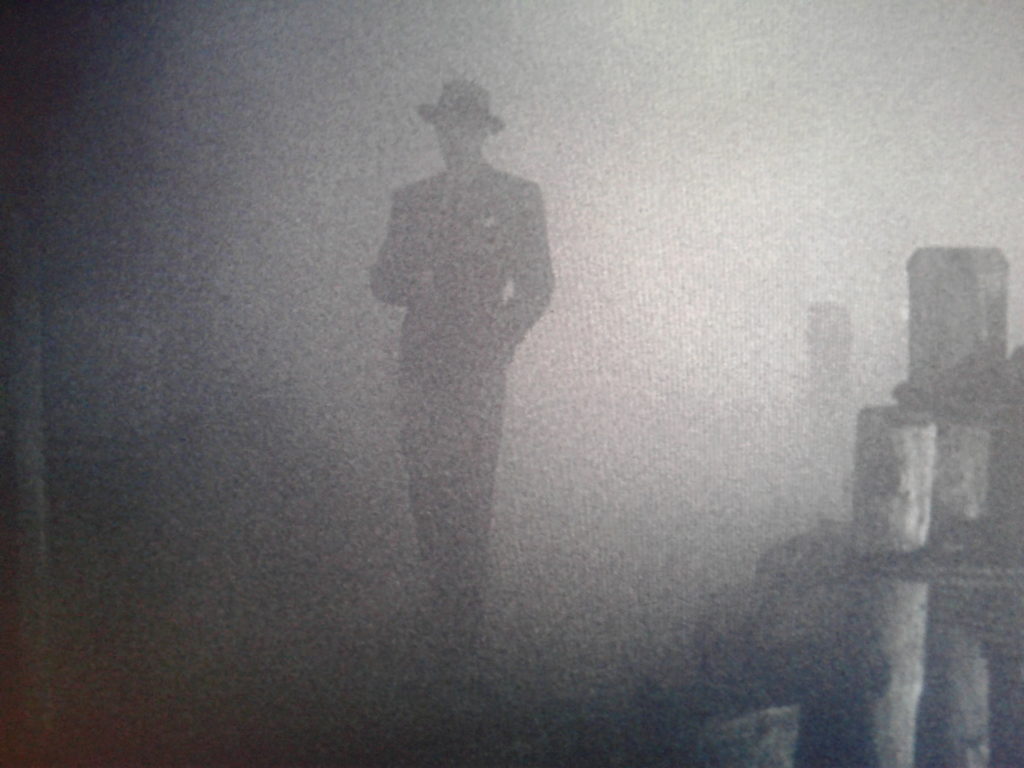
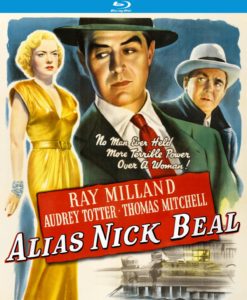
A once-principled politician, played by Thomas Mitchell, receives career advancement from a figure literally emerging from the deepest recesses of morality-shrouding fog, played with far from reassuring charm and less than casual grace by Ray Milland. Director John Farrow, screenwriter John Latimer, and cinematographer Lionel Lindon craft an imaginary American city — part waterfront San Francisco, part corruption-addled Chicago — that places our conflicted protagonist on the murky pathways of near-medieval allegory without overplaying the religious significance of, say, our Alias character slinking back into the shadows during the reading of a Bible verse.
Rather, Alias Nick Beal gains innumerable artistic points from a slanted, near-expressionistic dive bar interior bordering the harbor, an overtly Surrealistic mural slinking through co-star (and noir icon) Audrey Totter’s apartment, and the increasingly tomblike cast of Mitchell’s at least initially homelike living space. (As this period of filmmaking amply demonstrates, the subtle and gradual lowering of lights is a cheaply effective expedient to suggesting a character’s deepening moral decline.) Possibly the one film noir out of so many counter-examples that definitively places its protagonist in a supernatural and even theological framework, as opposed to a godless universe of existential choice and karmic fate, the thud of the Holy Book over a signed contract for the ex-governor’s misbegotten soul may signal redemption for Mitchell’s character, and a final recession back into the fog for Milland’s, but still, the shadows fail to lift, the unnamed city stays corrupt, and our compromised protagonist remains disgraced. Noir City abides.
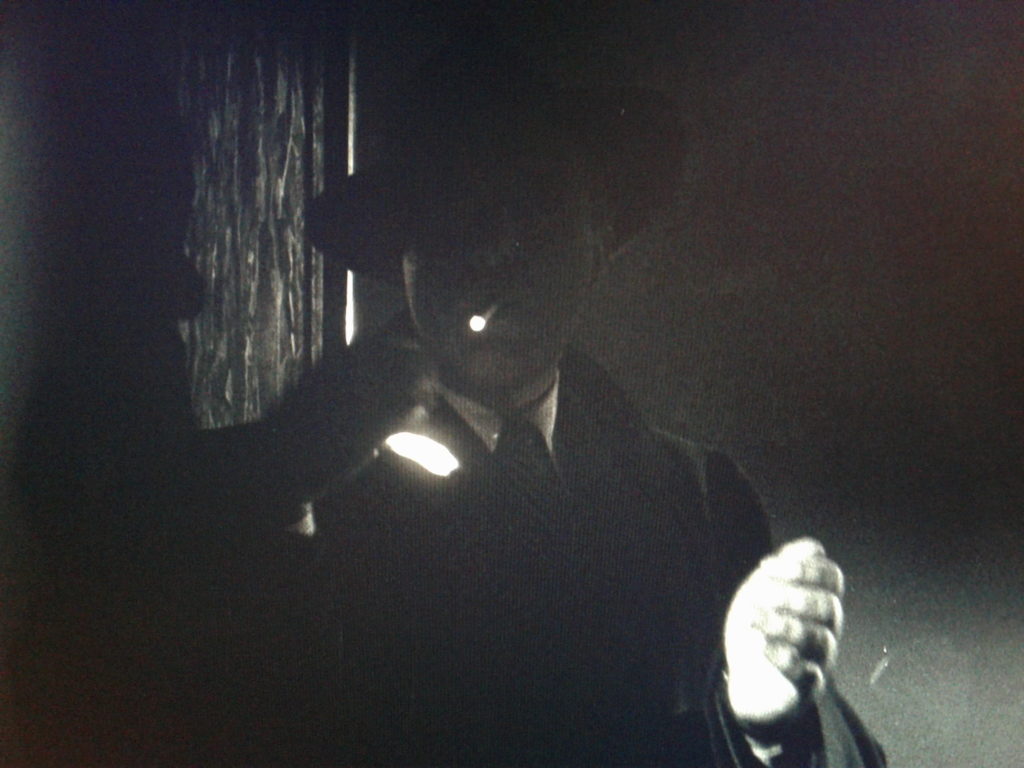
Viewed together or apart, KL Studio Classics’ unofficial program of rare second-tier noirs are cause for celebration and praise on Blu-ray, where each appear vivid and sharp in their artistically-intended visual murkiness and chiaroscuro atmospheric. Jason Ney, Eddy Von Mueller, and a returning Eddie Muller provide expert commentary on The Web, Larceny, and Alias Nick Beal, respectively, the insights and observations again strangely complementary to the question of each entry’s individual noir-iness, coining an inelegant descriptor, with a possible conclusion offering film noir more as a style of historical and artistic confluence than a consciously-constructed genre.
Hollywood lowered its lights for many reasons in the late 1940’s. Watching these films, listening to the commentaries, and reflecting on a variety of films made around this time offer several darkly diverting reasons why.


